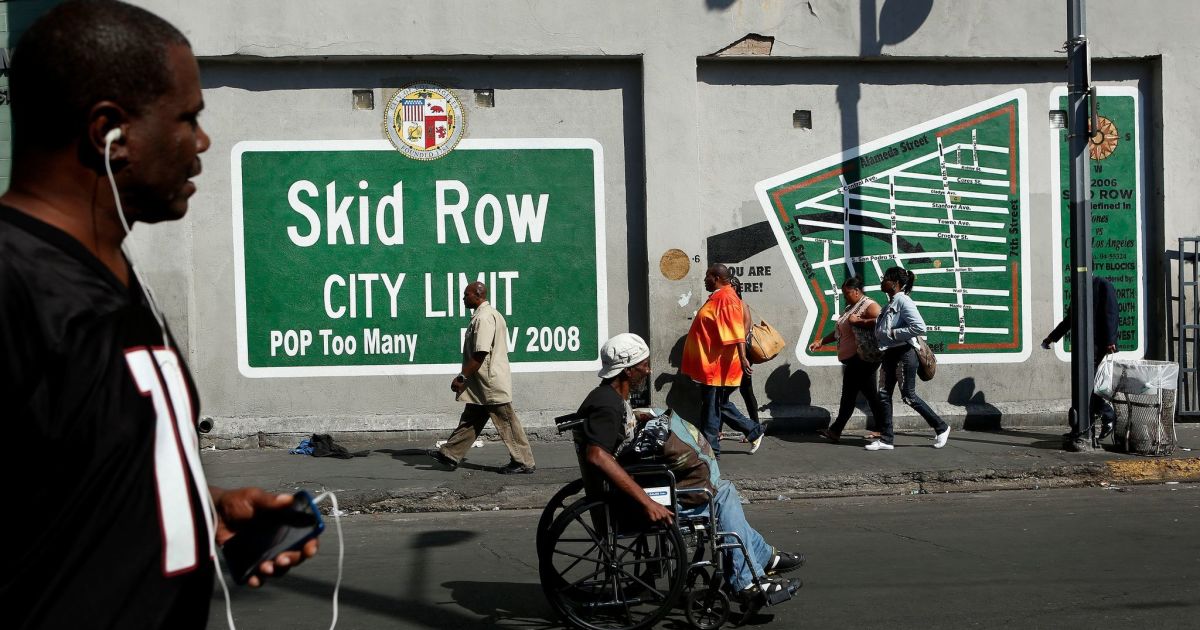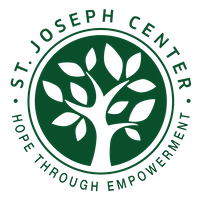
Black people make up 8% of L.A. population and 34% of its homeless. That’s unacceptable
6/13/2020
Los Angeles, CA
In Los Angeles County, African Americans represent 7.9% of the population. In the latest homeless count, with double-digit city and county increases that are uniformly disappointing and disturbing, Black people
By STEVE LOPEZ COLUMNIST
In Los Angeles County, African Americans represent 7.9% of the population.
In the latest homeless count, with double-digit city and county increases that are uniformly disappointing and disturbing, Black people make up 34% of the 66,000-plus total.
As has been true in other recent years, that is out of whack by four times, and it’s a particularly important number to highlight today, as a reinvigorated national conversation on racial disparities is taking place across the United States.
“Without institutional racism, there would be 15,000 fewer people experiencing homelessness, almost all coming from Black and Native American populations,” said the summation of county statistics released this week by the Los Angeles Homeless Services Authority.
On Friday, I toured skid row in downtown Los Angeles, which I first became familiar with 15 years ago after befriending a homeless African American musician. I vividly recall how police back then routinely issued tickets for things such as jaywalking to people who suffered from severe mental illness. My friend was a target more than once.
The area is still an outdoor museum of social and economic failure, with the stark results on full display. Tents and blue tarps are still everywhere, people sleep on clogged sidewalks, and the vast majority of homeless people on skid row — I’d say 75% or more — are Black.
You can find homeless Black people in any part of L.A. County these days, but why such a concentration on skid row?
For one thing, a county health official told me, many neighborhoods don’t have as much supportive housing, addiction rehabilitation and mental health resources as skid row does, due partly to organized neighborhood opposition throughout L.A. Through the decades, if you’re destitute, sick, hungry, traumatized, skid row is where you go. And for decades, Black Angelenos have disproportionately grappled with all of those things.
In L.A. County, racial disparities abound. Black people are twice as likely to die of COVID-19 as white people.
In Los Angeles Unified, the second-largest school district in the country, about 90% of those who attend district schools are students of color, and 80% of LAUSD students fall below the poverty line.
A Times study published a few days ago determined that of the nearly 900 people killed by police in L.A. County since 2000, 80% were people of color.
As I wrote on the first day of major demonstrations in Los Angeles, for all the wealth in the state that ranks as the fifth-largest economy of the world, schools are not equal, access to healthcare is not equal, criminal justice is not equal, and neither is access to good jobs with decent pay.
“You have all these institutional things that over decades and decades broke down the Black family,” said former state Sen. Kevin Murray, who was a member of the Legislative Black Caucus and now directs the Weingart homeless services agency in the heart of skid row.
What followed was mass incarceration and its aftermath.
When those incarcerated people were let out, Murray said, “sometimes after a relatively minor offense, they had nowhere to go and barriers kept them from gainful employment. They had no safety net, no family support system … and [homelessness] is the expected result of the kind of institutional racism people are now starting to resist.”
“What’s inherent in these disparities,” said Va Lecia Adams Kellum, who is on the front lines of the fight against homelessness as president of the St. Joseph Center, “is that rather than arrest kids, let’s educate them and let’s employ them because we know what happens when they’re educated and housed and working.”
Adams Kellum is on a LAHSA committee studying homelessness among African Americans. The chair of that committee is Jacqueline Waggoner, a LAHSA commissioner who works in the affordable housing field.
“Government created the differences we see in housing,” Waggoner said, touching on the long history of housing discrimination that drove segregation, and redlining, the practice of refusing to issue or insure mortgages in African American communities.
In a region where housing costs have soared and wages have remained flat, Waggoner said, people of color have been hit hardest.
“A lot of people are on the cliff edge of homelessness every day, and if you are poor and a person of color, you’re always with your feet half off that block,” Waggoner said.
It’s interesting that she mentioned redlining because when I was on skid row Friday, I stopped to see a guy I know who has been homeless for a decade or so and goes by the name of Old School. He wasn’t there, so I asked his homeless friend if he’d tell Old School to give me a call.
And how are you? I asked the friend.
“Not well,” he said, telling me about his diabetes and other issues. “How could I be?”
Old School called a few minutes later and I asked him why such a disproportionate number of homeless people in L.A. are Black.
No hesitation on his part.
“Because of deprivation,” Old School said. “That’s a penalty that was imposed on African American families. Employment opportunities dried up, housing dried up, and they drew a red line straight across the board. People are penalized for the color of their skin … and after the Rodney King riots, everyone was labeled a looter or a thief. The image of the African American male is of a thug.”
The demonstrations and violence across the U.S. since the killing of George Floyd by a Minneapolis police officer have unleashed more than a few racist outbursts, and that kind of ugliness will never go away. But there’s also been an encouraging multi-racial demand for reforms on many fronts.
“The collective action and multi-cultural protests give me hope, because nothing will change until … people see that it’s my brother, it’s my last breath, I can’t breathe because he can’t breathe,” said Adams Kellum. “As a Black person, I love seeing that it’s not just us saying this.”
But are we willing to do more than protest? Are we willing to move away from what Waggoner calls “race neutral” policymaking and embrace “racial equity” policymaking, even if money is short because of the pandemic’s devastating effect on government budgets?
Are we ready to end the glaring disparities in K-12 education? Are we ready to invest in more homeless prevention for the families of color most likely to show up in next year’s homeless count?
L.A. County needs another half-million units of affordable housing, Waggoner said, but there’s been fierce opposition to new development in California neighborhoods zoned for single-family homes.
“Is there a willingness in the community to say we want to fight racism by allowing density?” Waggoner asked.
Los Angeles is not alone when it comes to disproportionate homeless statistics, Waggoner said. Black people represent about 13% of the U.S. population and 40% of the nation’s homeless population.
“If we can fix it for Black people, we can fix it for everyone,” Waggoner said. “Because they’re the hardest hit.”
